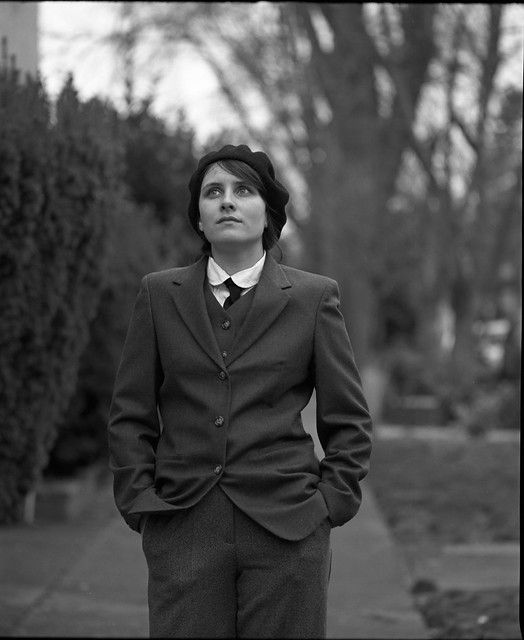Let's say we are shooting where there are no apparent shadows. With an incident meter, how do we meter the scene? Do we simply presume that the SBR is 7, and take only one reading, "the" reading ? Do we adjust exposure, or just use the reading as-is ?



 Reply With Quote
Reply With Quote



Bookmarks